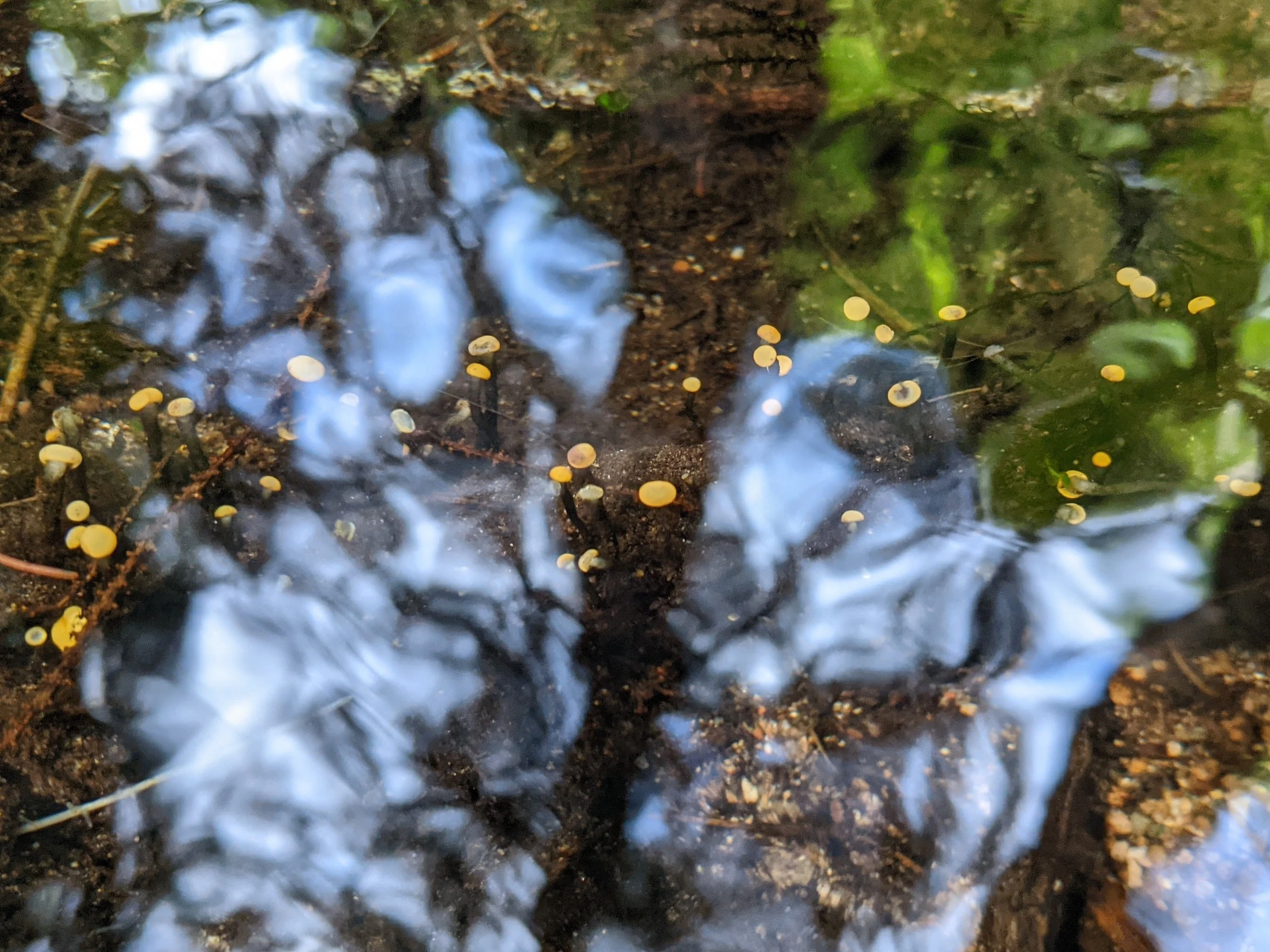It's easy to confuse the two because of how morphologically simple they are. Fun fact (or not depending on how much of a nerd you are), fungi that produce sticky droplets of spores on long stalks like this are often dispersed by arthropods, such as mites or springtails, which bump into the spore droplets as they walk along.
This looks more like Acremonium to me because the conidiogenous cells (the stalks producing droplets of spores at the tips) are very irregularly arranged. In Verticillium, the conidiogenous cells should be in whorls.
http://website.nbm-mnb.ca/mycologywebpages/Moulds/Acremonium.html
Yabridge is the way to go. I used to use LinVST in the past but with very mixed results. With yabridge, ~90% of my plugins work perfectly, including Native Instruments plugins which have always been my favourites.
This is really bugging me. The article claims the fungus is an edible mushroom, but Pestalotiopsis (the spores on the right) is an endophytic, microscopic ascomycete. Not a mushroom and certainly not edible. So why is there a picture of Pluteus on the left? I can only imagine the author googled "Pestalotiopsis mushroom" and grabbed the first picture that came up.
I think you have it backwards. The AMOC is a system of ocean currents running through the Atlantic from Antarctica to Greenland, and the Gulf stream is a small part of the AMOC.
Wow, really clever disguise! Even the wing shape looks waspish.
There is a node for Y-sorting in Godot 3, is that what you're thinking of? Y-sorting was rewritten for 4.0, so that node doesn't exist in the latest version.
Your Godot problem sounds like you might have ordered your scene tree wrong. The scene tree reads from top to bottom, so if your interface elements are further up the list than the map, they draw first and then get covered up.

